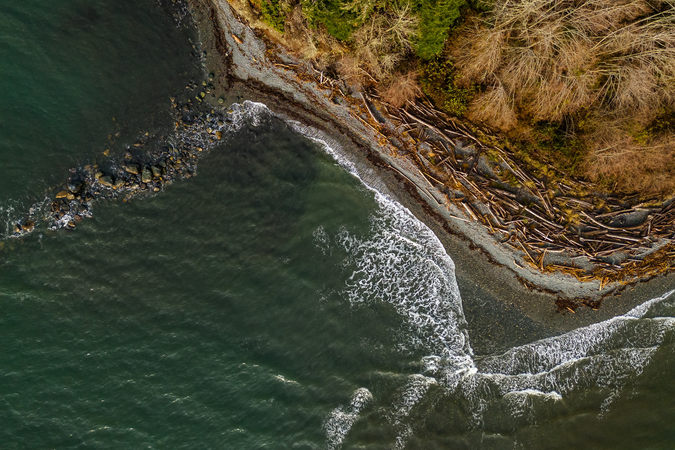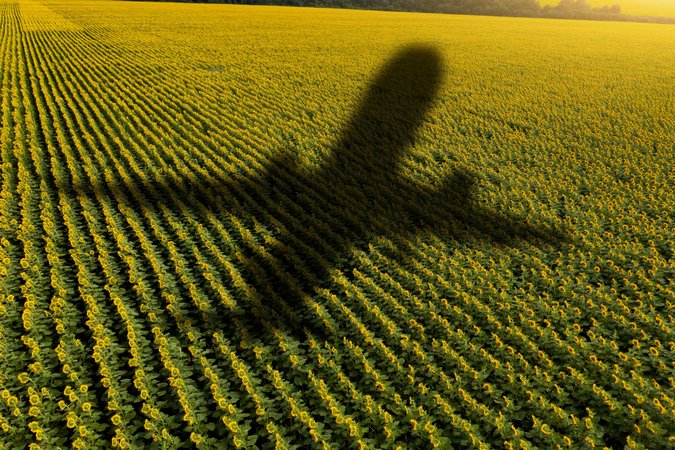Hurdles to Developing Quantitative Decision Support for Endangered Species Act Resource Allocation
This paper aims assist other applications of developing quantitative decision support for resource allocation under the Endangered Species Act.
Abstract
The US Fish and Wildlife Service oversees the recovery of many species protected by the US Endangered Species Act (ESA). Recent research suggests that a structured approach to allocating conservation resources could increase recovery outcomes for ESA listed species. Quantitative approaches to decision support can efficiently allocate limited financial resources and maximize desired outcomes. Yet, developing quantitative decision support under real-world constraints is challenging. Approaches that pair research teams and end-users are generally the most effective. However, co-development requires overcoming “hurdles” that can arise because of differences in the mental models of the co-development team. These include perceptions that: (1) scarce funds should be spent on action, not decision support; (2) quantitative approaches are only useful for simple decisions; (3) quantitative tools are inflexible and prescriptive black boxes; (4) available data are not good enough to support decisions; and (5) prioritization means admitting defeat. Here, we describe how we addressed these misperceptions during the development of a prototype resource allocation decision support tool for understanding trade-offs in U.S. endangered species recovery. We describe how acknowledging these hurdles and identifying solutions enabled us to progress with development. We believe that our experience can assist other applications of developing quantitative decision support for resource allocation.
Authors

Gwenllian D. Iacona
Centre of Excellence for Environmental Decisions, University of Queensland

Stephanie Avery-Gomm
Centre of Excellence for Environmental Decisions, University of Queensland

Richard F. Maloney
Department of Conservation, Planning and Support Unit, Biodiversity Group

James Brazill-Boast
Conservation Programs Branch, Conservation and Regional Delivery, Office of Environment and Heritage

Deborah T. Crouse
Retired US Fish and Wildlife Service

C. Ashton Drew
KDV Decision Analysis

Sarah B. Hall
US Fish and Wildlife Service, Ecologial Services

Lynn A. Maguire
Nicholas School of the Environment, Duke University

Tim Male
Environmental Policy Innovation Center

Jeff Newman
Retired US Fish and Wildlife Service

Hugh P. Possingham
Centre of Excellence for Environmental Decisions, University of Queensland

Libby Rumpff
School of BioSciences, The University of Melbourne

Michael C. Runge
US Geological Survey, Eastern Ecological Science Center

Katherine C. B. Weiss
School of Life Sciences, Arizona State University

Robyn S. Wilson
College of Food, Agricultural and Environmental Sciences, School of Environment and Natural Resources, The Ohio State University

Marilet A. Zablan
US Fish and Wildlife Service, Ecological Services

Leah R. Gerber
School of Life Sciences, Arizona State University




